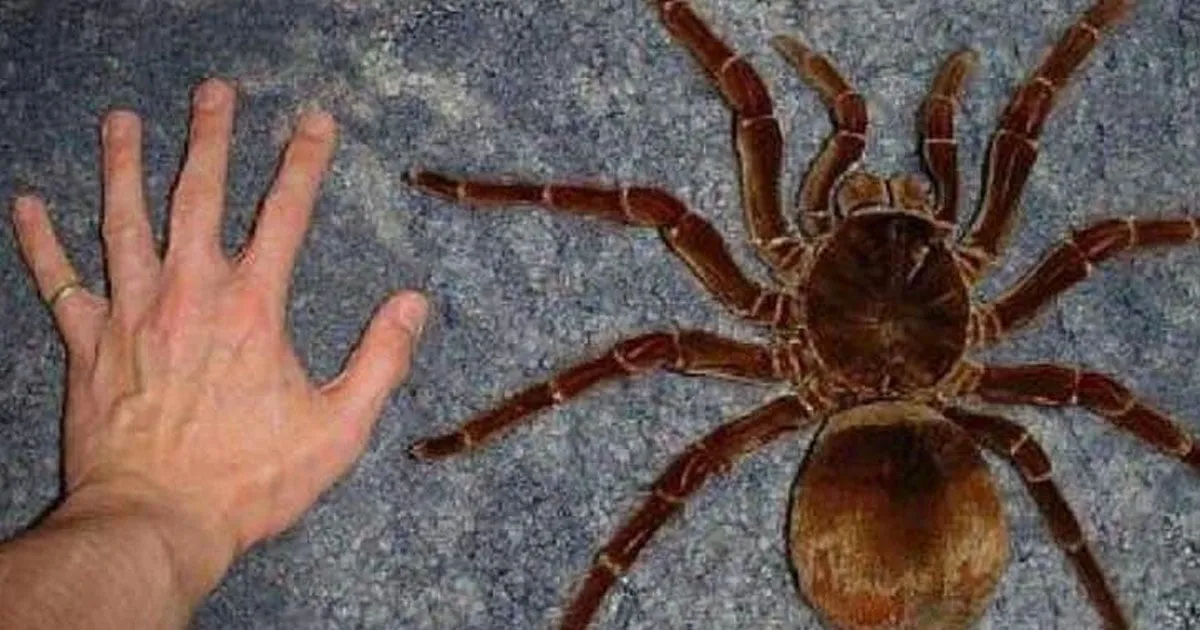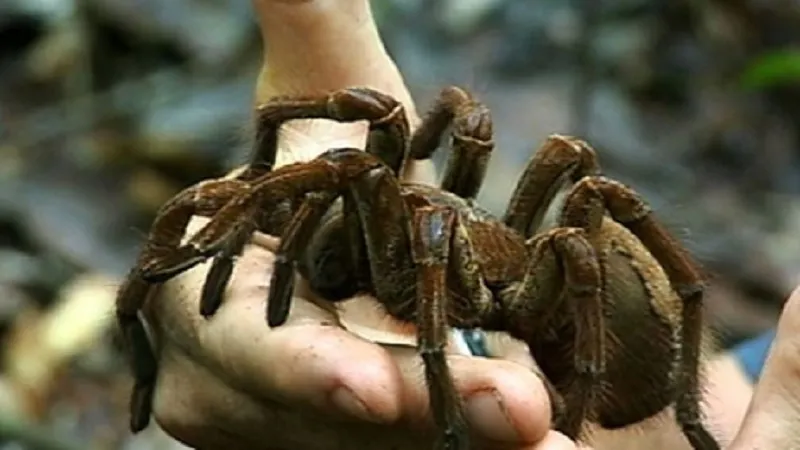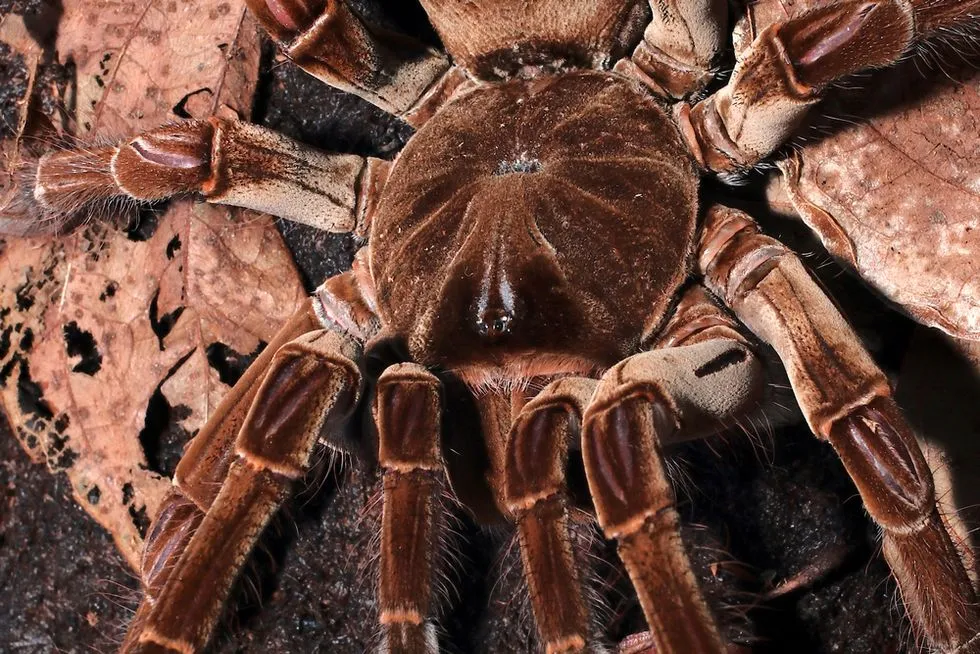What is a Goliath Birdeater Tarantula
The Goliath Birdeater tarantula (Theraphosa blondi) is the world’s largest spider, renowned for its impressive size and formidable presence. Native to the rainforests of northern South America, this arachnid is a fascinating creature that captures the attention of both arachnid enthusiasts and the general public alike. The name “birdeater” is derived from early accounts of these spiders feeding on small birds, though their diet mainly consists of insects, amphibians, and other invertebrates. These spiders are a marvel of nature, showcasing unique adaptations and behaviors that allow them to thrive in their tropical environment. Understanding the Goliath Birdeater tarantula begins with appreciating its place in the ecosystem and its extraordinary biological characteristics. They are not just big; they are complex, well-adapted predators that play a vital role in their habitat. This overview sets the stage for a deeper dive into the specifics that make the Goliath Birdeater tarantula so extraordinary.
Size and Physical Characteristics
The Goliath Birdeater tarantula’s sheer size is its most striking feature. With a leg span that can reach up to 12 inches (30 cm) and a body length of up to 4 inches (10 cm), they dwarf most other spider species. Their considerable weight, often exceeding 6 ounces (170 grams), adds to their imposing appearance. The body is covered in dense, reddish-brown hairs, providing both camouflage and sensory functions. These hairs, known as setae, allow the spider to detect vibrations and movement in their surroundings. The chelicerae, or fangs, are also exceptionally large and are used to subdue prey. Examining their physical traits provides a clear understanding of their dominance in their environment. These physical attributes enable them to effectively hunt and defend themselves. The overall design reflects an apex predator, perfectly adapted to its environment and survival needs. The Goliath Birdeater’s size is not merely an aesthetic feature but a critical component of its hunting strategy and survival.
Diet and Feeding Habits

Despite the name, the Goliath Birdeater tarantula rarely consumes birds. Their diet primarily consists of insects, such as crickets and beetles, but they are opportunistic hunters and will also eat amphibians, small lizards, and occasionally rodents. They are ambush predators, meaning they wait for their prey to come within striking distance before ambushing them. The tarantula uses its large fangs to inject venom, which paralyzes the prey and begins the digestive process. After the venom takes effect, the spider uses enzymes to liquefy the prey’s tissues, which it then sucks up. This method of feeding is typical for tarantulas and other arachnids. Feeding habits show how adapted this spider is for its environment and how it survives in its habitat. Understanding their diet is crucial for anyone considering keeping one as a pet, as it dictates the appropriate feeding regime. The efficiency of the feeding strategy underscores the evolutionary adaptations of the Goliath Birdeater as a top predator.
Habitat and Distribution
Goliath Birdeater tarantulas are native to the rainforests of northern South America, specifically found in countries such as Brazil, Venezuela, Guyana, Suriname, and French Guiana. They prefer humid, swampy environments, where they construct burrows in the ground. These burrows provide shelter from the elements and a safe place to ambush prey. The spiders are nocturnal, meaning they are most active during the night, when they emerge from their burrows to hunt. The distribution of Goliath Birdeaters is limited by their specific habitat requirements, including consistent humidity and a supply of prey. Conservation efforts are crucial due to habitat loss and the impact of the pet trade on their populations. They are a sensitive species, their survival is affected by environmental changes and human activities, and the protection of their natural environment is essential. This limited distribution and reliance on very specific environmental conditions make them vulnerable to habitat destruction and other ecological threats.
Defensive Mechanisms
The Goliath Birdeater tarantula possesses several defensive mechanisms to protect itself from predators. One of its primary defenses is the urticating hairs located on its abdomen. When threatened, the spider rubs its hind legs against its abdomen, flicking these hairs into the air. These hairs are irritating to the skin and mucous membranes of potential threats, such as mammals. In addition to urticating hairs, the Goliath Birdeater also has large fangs and can deliver a bite if necessary. Although their venom is not usually fatal to humans, it can cause pain, swelling, and muscle cramps. Furthermore, they can make a hissing sound by rubbing their legs together, which is a warning signal to potential predators. They also possess quick reflexes, allowing them to retreat into their burrows when danger arises. Their defensive strategies show how well-adapted they are for survival, combining physical and behavioral methods to deter threats and ensure their survival.
Lifespan and Reproduction

Goliath Birdeater tarantulas have a relatively long lifespan compared to other arachnids. Females can live for 12 to 25 years, while males typically live for a shorter period, about 3 to 6 years, often dying soon after mating. Reproduction in Goliath Birdeaters involves a complex mating ritual. The male spider uses specialized hooks on his legs to secure the female’s fangs during copulation. The female then lays eggs in a silk egg sac, which she carefully guards. The spiderlings, or baby spiders, emerge from the egg sac and initially stay with the mother before dispersing to establish their own burrows. The life cycle is slow and delicate, highlighting the importance of proper care and conservation efforts. Their slow maturation rate and extended lifespan make them a fascinating subject for study. The extended lifespan of the females in comparison to males is a significant aspect of their reproductive strategy. Understanding their life cycle is essential for both conservation and for those who choose to keep these impressive spiders as pets.
